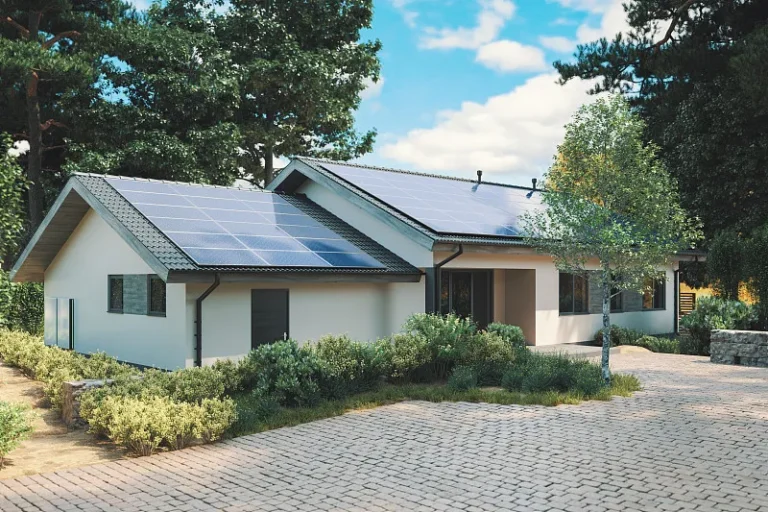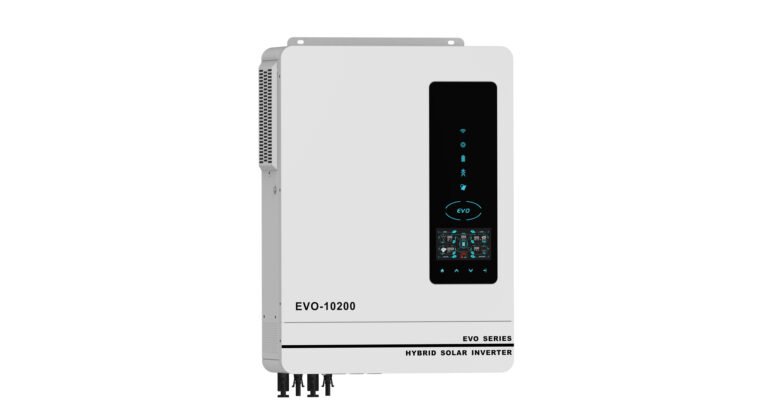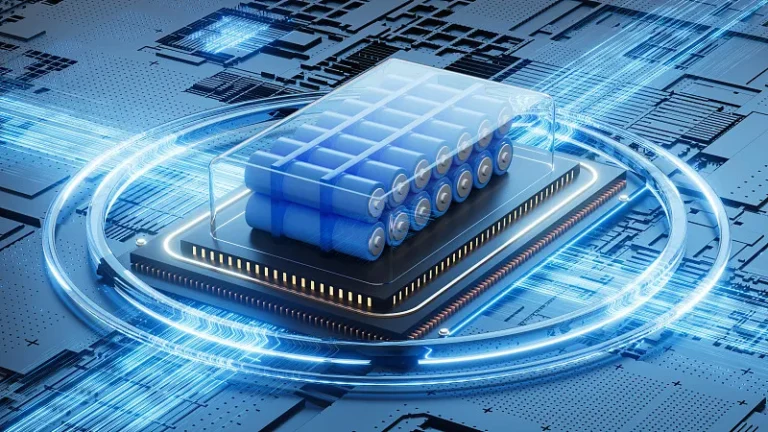مقدمة
مع استمرار ارتفاع تكاليف الطاقة، تتبنى المنشآت الصناعية بشكل متزايد أنظمة الطاقة الشمسية لتحقيق الاستهلاك الذاتي وتوفير الطاقة. ومن خلال التصميم المناسب والإدارة الذكية، يمكن لأنظمة الطاقة الشمسية أن تقلل بشكل كبير من فواتير الكهرباء مع تعزيز صورة الشركة الخضراء والاستدامة.
عملية التثبيت
- مسح الموقع وتصميمه
يقوم المهندسون بقياس مساحة السطح وسعة التحميل والاتجاه لتصميم مصفوفة الطاقة الشمسية المثلى، مما يضمن توليد أقصى قدر من الطاقة. - تركيب هيكل التركيب
قم بتركيب الرفوف المقاومة للرياح والأمطار وفقًا لهيكل السقف لضمان ثبات الألواح وثباتها. - تخطيط اللوحة الكهروضوئية
قم بتركيب الألواح الشمسية بزوايا وتباعد مناسبين لزيادة التعرض لأشعة الشمس وإنتاج الكهرباء. - العاكس والتوزيع
تحويل التيار المستمر إلى تيار متردد باستخدام العاكسات والتوصيل بشبكة الطاقة الخاصة بالمنشأة لإمداد الكهرباء. - التكليف والمراقبة
قم بتوصيل النظام بمنصة مراقبة ذكية لمراقبة توليد الطاقة وإدارة المعدات في الوقت الفعلي.
الفوائد الاقتصادية والبيئية
- تقليل تكاليف الكهرباء
- زيادة الاكتفاء الذاتي من الطاقة
- تقليل انبعاثات الكربون
- تعزيز الصورة الخضراء للشركات
الخاتمة
تضمن أنظمة الطاقة الشمسية للمنشآت الصناعية، جنبًا إلى جنب مع تخزين الطاقة والإدارة الذكية، توفير طاقة كهربائية مستقرة للإنتاج، وتحسين كفاءة الطاقة، وتحقيق فوائد اقتصادية وبيئية طويلة الأجل.




